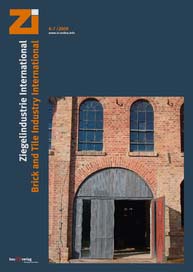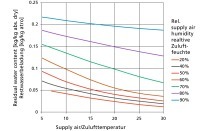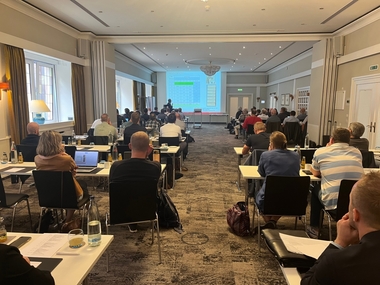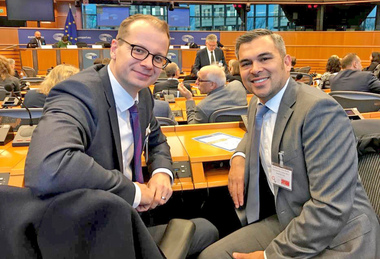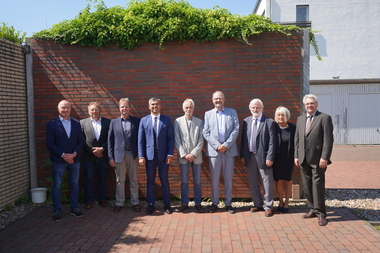“Brickyard heat economy …“
This is the subject of a research project that is just now coming to completion at IZF, the German Brick and Tile Research Institute in Essen. Naturally, the project is but one more domino tile among the many we need for learning to deal with the enormous pressure of high energy prices. Indeed, energy issues have become existentially important in our branch. Just knowing that the brick and tile industry has the lowest specific energy requirement of any the ceramic sector actually is of little help; for it is not our aim to keep up with porcelain, but to compete with building materials that contain, at most, one or the other individual component (as opposed to the entire product) that has to be “baked” in a kiln. Moreover, green bricks have to be dried before firing, and that, as everyone knows, takes more energy than firing does.
Hence, brickyard heat economy was the main agenda item at this year’s meeting of the Research Association of the German Brick and Tile Industry. Like the year before, options for curtailing the energy voracity of our plant and equipment were discussed with external experts. It was heartening to note that there is no physically imposed lower limit to energy consumption, and that we therefore can continue to count on continuous reductions in the amount of energy consumed by each new generation of kilns and dryers. But then, what are we to do with all our existing equipment, assets that are nowhere near being written off and are still doing a good job, except for using a lot of energy? The results of energy-flow analyses always point in the same direction: toward the combined energy system of kiln and dryer. As long as that heat cycle is not pried open, we can make no further major progress in the conservation of energy.
At brickyards, economic efficiency is increasingly judged in terms of how fast the rate of fuel input can be reduced. Institutions with a special involvement in that area, including in particular the Research Association of the German Brick and Tile Industry Regd and the Brick and Tile Research Institute Essen (IZF) Regd, are devoting intensive attention to thermo-economics and cooperating successfully with plant and equipment manufacturers to investigate uncomplicated ways and means of achieving decisive reductions. Huge progress has been made already, and the future advances are sure to be even more impressive.
But can we wait? The upcoming IZF Seminar (first event date: August 19 to 20; second event date: Sept. 30 to Oct. 1, 2009) will show how far “brickyard heat economy” has come and how large quantities of fuel can be saved already.
Good fire!
Dr.-Ing. Karsten Junge
Director
Brick and Tile Research Institute Regd, Essen


